During the Vietnam War, the unique geography of South Vietnam, with its dense network of rivers and canals, presented both a challenge and an opportunity for military operations. The U.S. Navy needed a versatile, fast, and shallow-draft vessel to patrol these waterways, intercept enemy forces, and disrupt supply lines. This led to the development and extensive use of the Patrol Boat Riverine (PBR), a small yet highly effective craft that played a crucial role in the war, particularly in the Mekong Delta.

The Geography of the Mekong Delta
The Mekong Delta, in southern Vietnam, was a vast, maze-like region of waterways, rice paddies, and mangroves. These waterways were critical to the operations of the Viet Cong (VC) and North Vietnamese Army (NVA), who used the delta's rivers to transport supplies, weapons, and troops. The region's intricate river systems and shallow canals made it difficult for larger naval vessels to navigate, giving the Viet Cong an advantage. To combat this, the U.S. military needed small, highly manoeuvrable boats capable of operating in shallow waters and tight spaces.The Role of the PBR in Operation Game Warden
In response to the growing need for riverine warfare capability, the U.S. Navy launched Operation Game Warden in 1965, a mission aimed at controlling the waterways of South Vietnam. At the heart of this operation was the PBR, a small, fibreglass boat designed for shallow-water patrols, interdiction, and support missions. The primary mission of the PBR crews was to disrupt the Viet Cong’s operations by intercepting and inspecting boats, engaging enemy forces, and providing support to ground troops operating near the riverbanks.The PBR was an essential tool for maintaining control of the rivers, as well as for preventing the flow of arms and supplies to enemy forces. PBR crews carried out ambushes, surprise attacks, and inspections of local vessels, known as ‘junks’, which were often used by the Viet Cong for smuggling weapons and supplies.
Design and Specifications of the PBR
The PBR was a 31-foot (9.45-meter) boat, made primarily of fibreglass to reduce weight and allow for high speeds and quick manoeuvrability in shallow waters. These boats were powered by dual 180-horsepower Detroit Diesel engines that drove water jet pumps, which allowed the PBR to reach speeds of up to 28 knots (32 mph) and operate in as little as two feet of water. The absence of propellers allowed the PBR to navigate through debris and shallow areas without the risk of damaging the propulsion system.The boat’s armament was formidable for its size, typically consisting of:
- A twin-mounted .50-caliber machine gun at the bow
- A 7.62 mm M60 machine gun or M79 grenade launcher mounted at the stern
- An optional .50-caliber machine gun or Mark 18 grenade launcher midships
- Crew members were also armed with personal weapons, including M16 rifles and grenades
While the PBR's light fibreglass construction made it fast and agile, it also meant that the boats lacked substantial armour. As a result, PBR crews relied heavily on their speed, manoeuvrability, and firepower to evade or counter enemy attacks.
Riverine Warfare: PBR Operations and Tactics
The primary mission of PBRs was to patrol rivers and canals, searching for Viet Cong forces, inspecting vessels for contraband, and conducting ambushes. PBRs would also provide fire support for ground troops and insert or extract Navy SEALs and other special operations forces. These missions were highly dangerous, as the Viet Cong often ambushed the PBRs from the dense vegetation along the riverbanks, using small arms, rockets, and booby traps.PBR crews developed tactics to cope with these threats, often employing hit-and-run strategies. They would rapidly approach potential enemy positions, fire suppressive rounds, and then speed away before the Viet Cong could effectively retaliate. The PBR's water jet propulsion also allowed it to execute quick stops, sharp turns, and rapid escapes, which were essential in the close-quarters combat that often characterised riverine warfare.
Because of their size and speed, PBRs were typically used in groups, providing mutual support and greater firepower during engagements. PBR units would sometimes coordinate with helicopter gunships and artillery support to overwhelm enemy positions, combining firepower from the air, ground, and water.
The Brown-Water Navy
The deployment of PBRs was part of the larger U.S. Navy effort known as the Brown-Water Navy, a force dedicated to riverine warfare in Vietnam. This force, distinct from the Blue-Water Navy (open-ocean operations), was tasked with securing the inland waterways, which were critical supply routes for the enemy.The Brown-Water Navy’s mission was not just military but also strategic, as it sought to deny the Viet Cong access to the vital rice and fish supplies produced in the Mekong Delta. By controlling the rivers, the U.S. and South Vietnamese forces aimed to cut off the Viet Cong's resources and limit their mobility, forcing them into more direct confrontations with conventional forces.
PBRs in Action: Key Operations
One of the most famous engagements involving PBRs occurred during the ‘Tet Offensive’ in 1968, when Viet Cong forces launched a coordinated series of attacks across South Vietnam, including in the Mekong Delta. PBR units played a crucial role in repelling enemy forces, protecting critical infrastructure, and supporting ground operations.PBRs were also involved in ‘Operation Market Time’, a naval interdiction campaign designed to cut off the flow of supplies from North Vietnam by sea. PBRs would patrol coastal waters and rivers to intercept Viet Cong supply vessels, playing a key role in disrupting the enemy's logistics.
In addition to direct combat, PBR crews frequently worked alongside Navy SEAL teams, providing insertion and extraction support for covert missions deep in enemy-held territory. The fast and flexible PBRs allowed SEAL teams to infiltrate and exfiltrate from riverside locations with minimal detection.
The Legacy of the PBR in Vietnam
By the end of the Vietnam War, the PBR had become a symbol of the Navy’s riverine warfare efforts. The bravery and skill of PBR crews, who operated in some of the most hostile and unpredictable environments of the war, became legendary. The combination of speed, firepower, and strategic manoeuvrability made the PBR an effective tool for disrupting Viet Cong operations and gaining control over Vietnam's complex waterways.However, the PBR’s light construction and limited armour meant that it was vulnerable to ambushes, mines, and direct fire from enemy forces. PBR crews faced extreme danger, often operating in close quarters where enemy forces could launch surprise attacks from the dense jungle along the riverbanks. Despite these challenges, PBRs and their crews played an essential role in the broader effort to control Vietnam’s rivers and canals, making the boat a crucial part of the Brown-Water Navy’s success.
In Short
The Patrol Boat, Riverine (PBR) was an indispensable asset during the Vietnam War, helping the U.S. Navy execute its strategy of controlling the waterways of the Mekong Delta. Despite their small size and relatively light armour, PBRs were highly effective in riverine warfare, disrupting enemy supply lines and supporting ground operations. Their legacy is one of courage and innovation, as their crews navigated the treacherous waters of Vietnam’s rivers, often facing overwhelming odds to carry out their missions.Today, the PBR remains a symbol of the Navy’s efforts in Vietnam, immortalised in films like ‘Apocalypse Now’ and remembered as one of the defining elements of America’s ‘Brown-Water Navy’. The lessons learned from their deployment continue to inform modern riverine and littoral combat strategies.


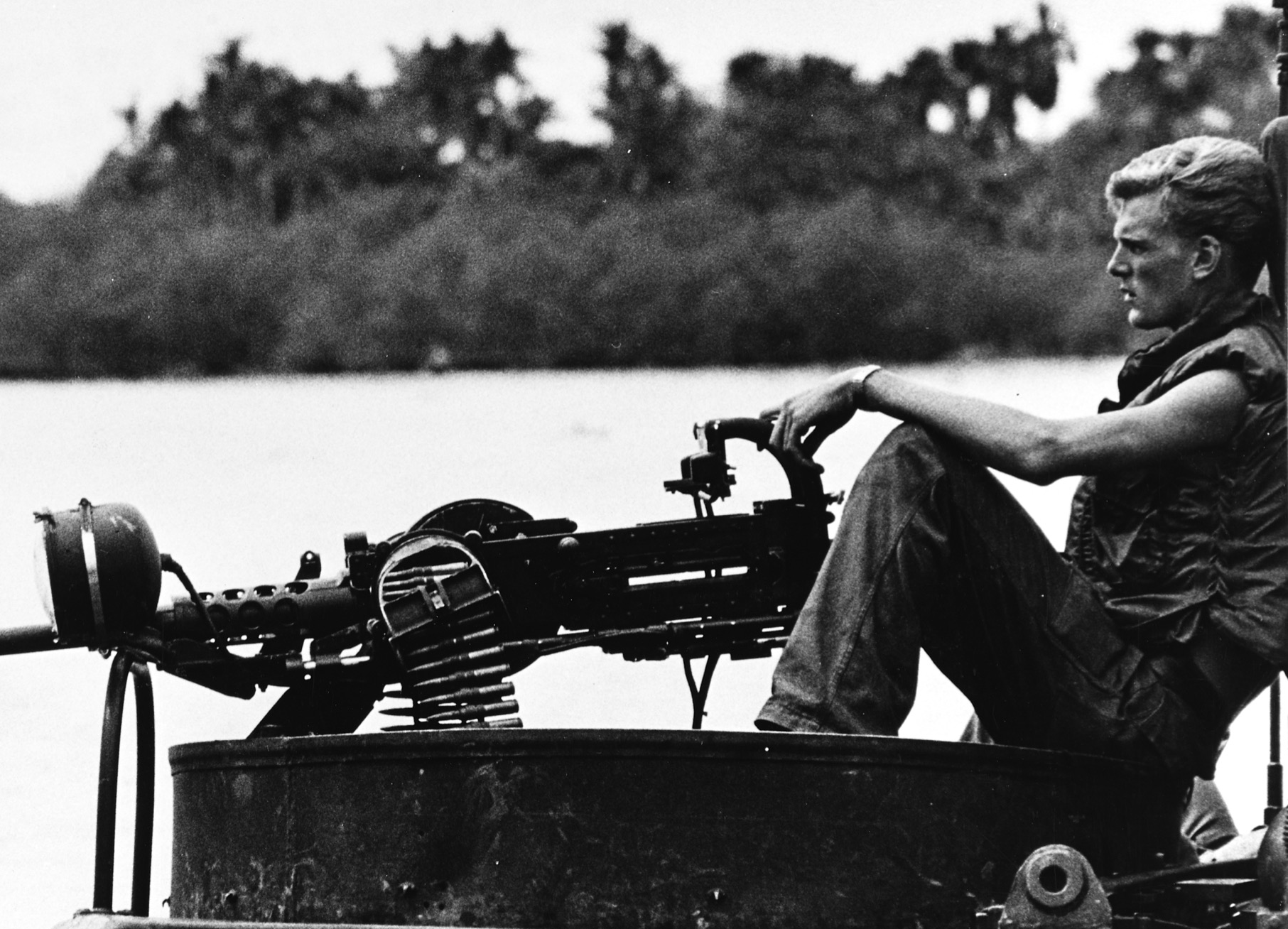
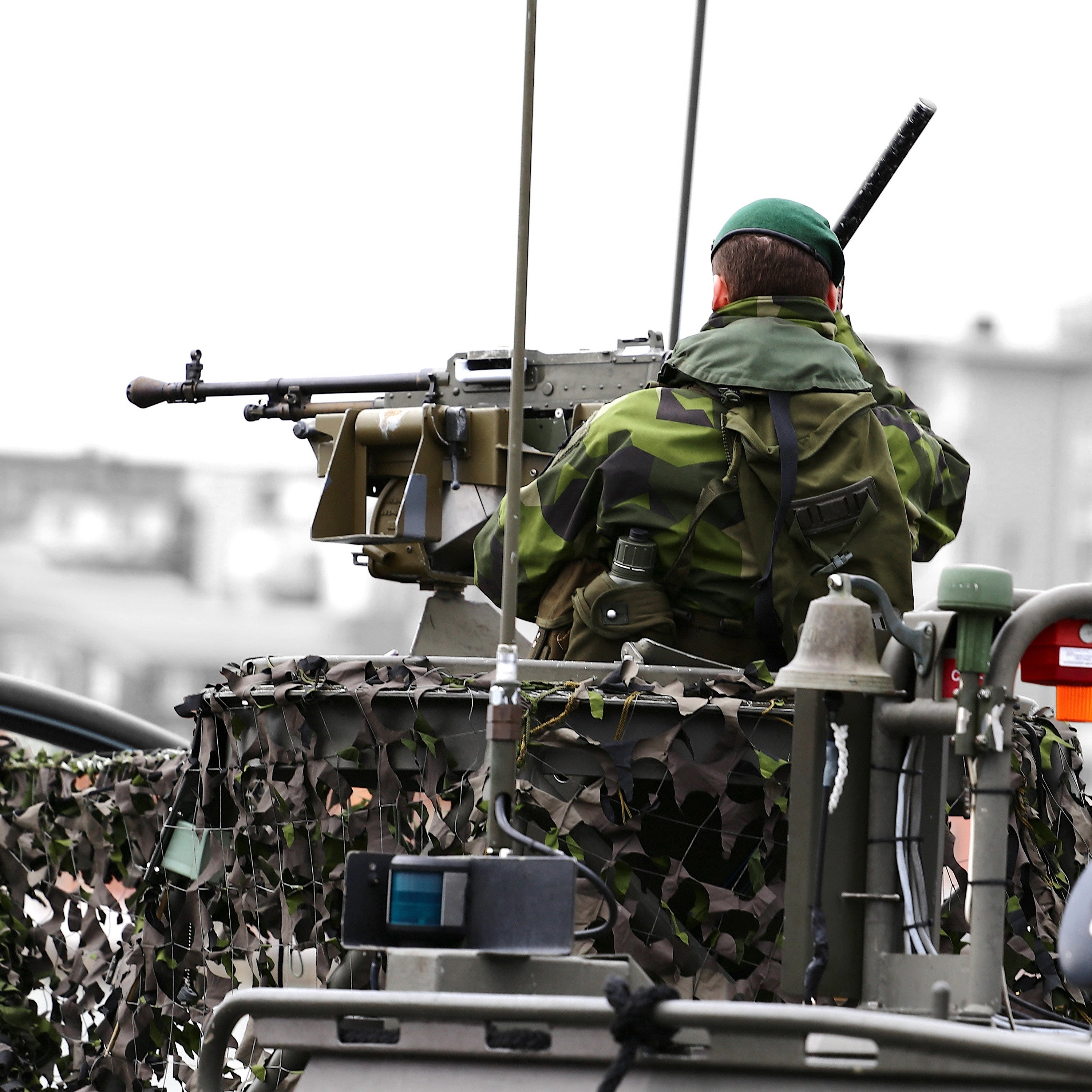
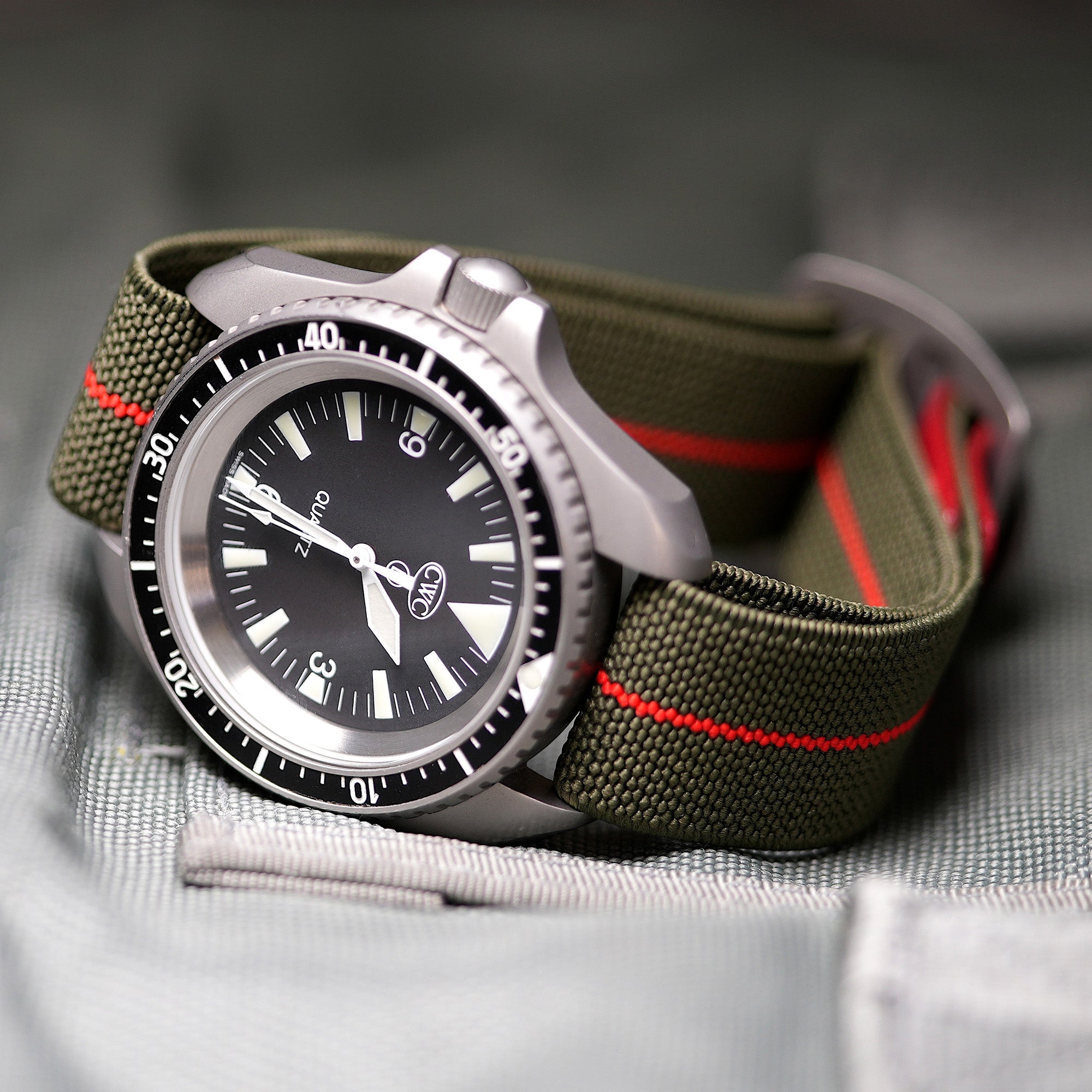
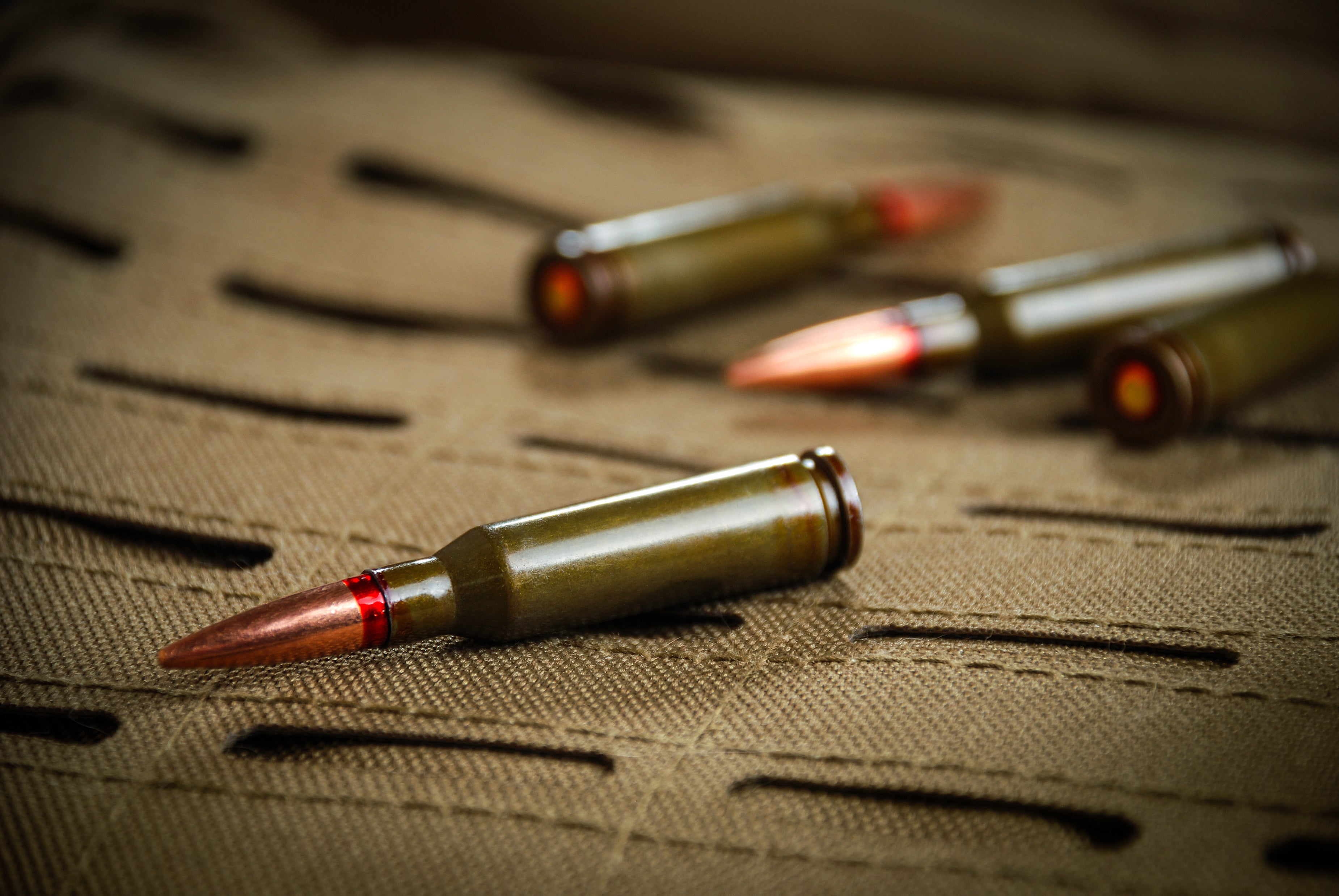
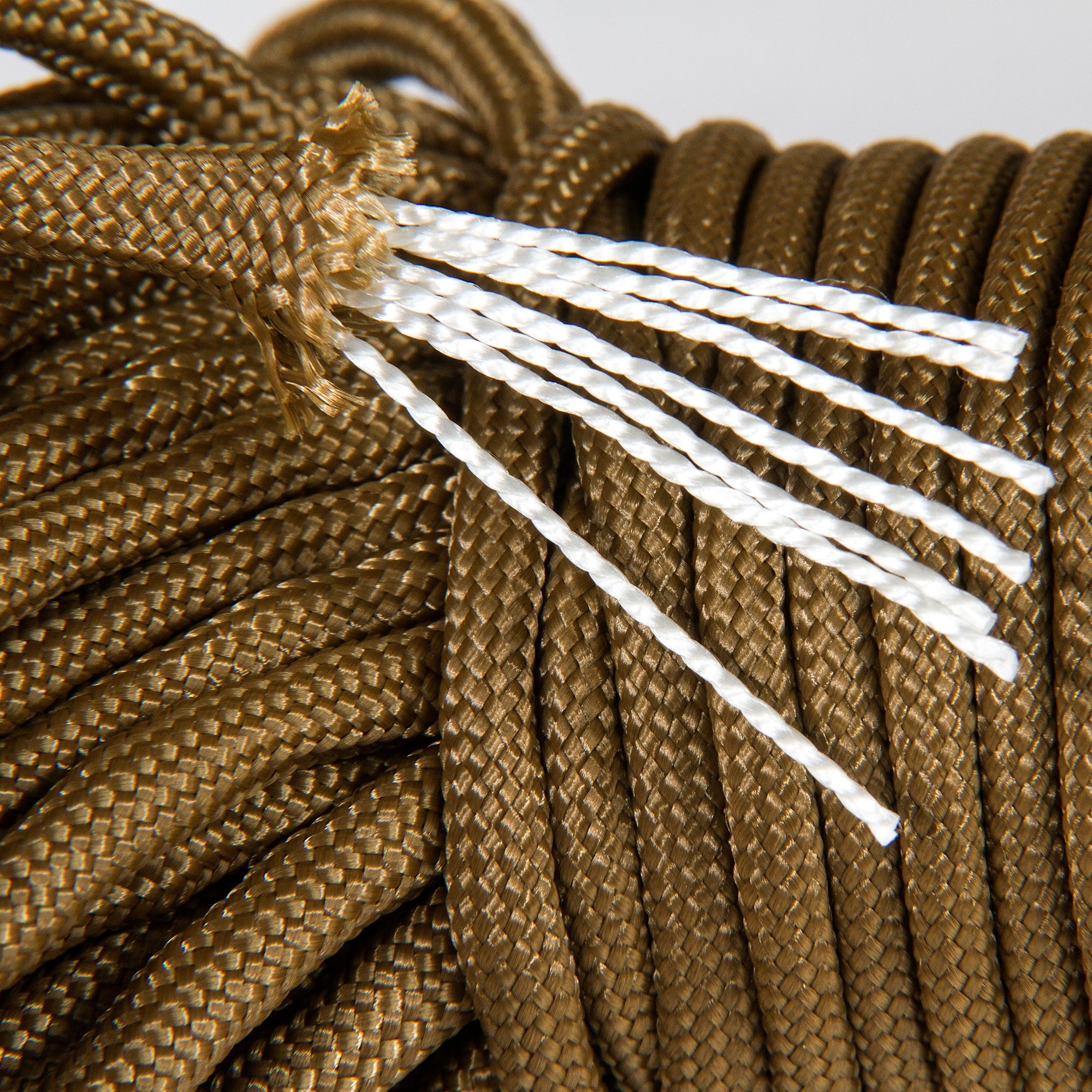
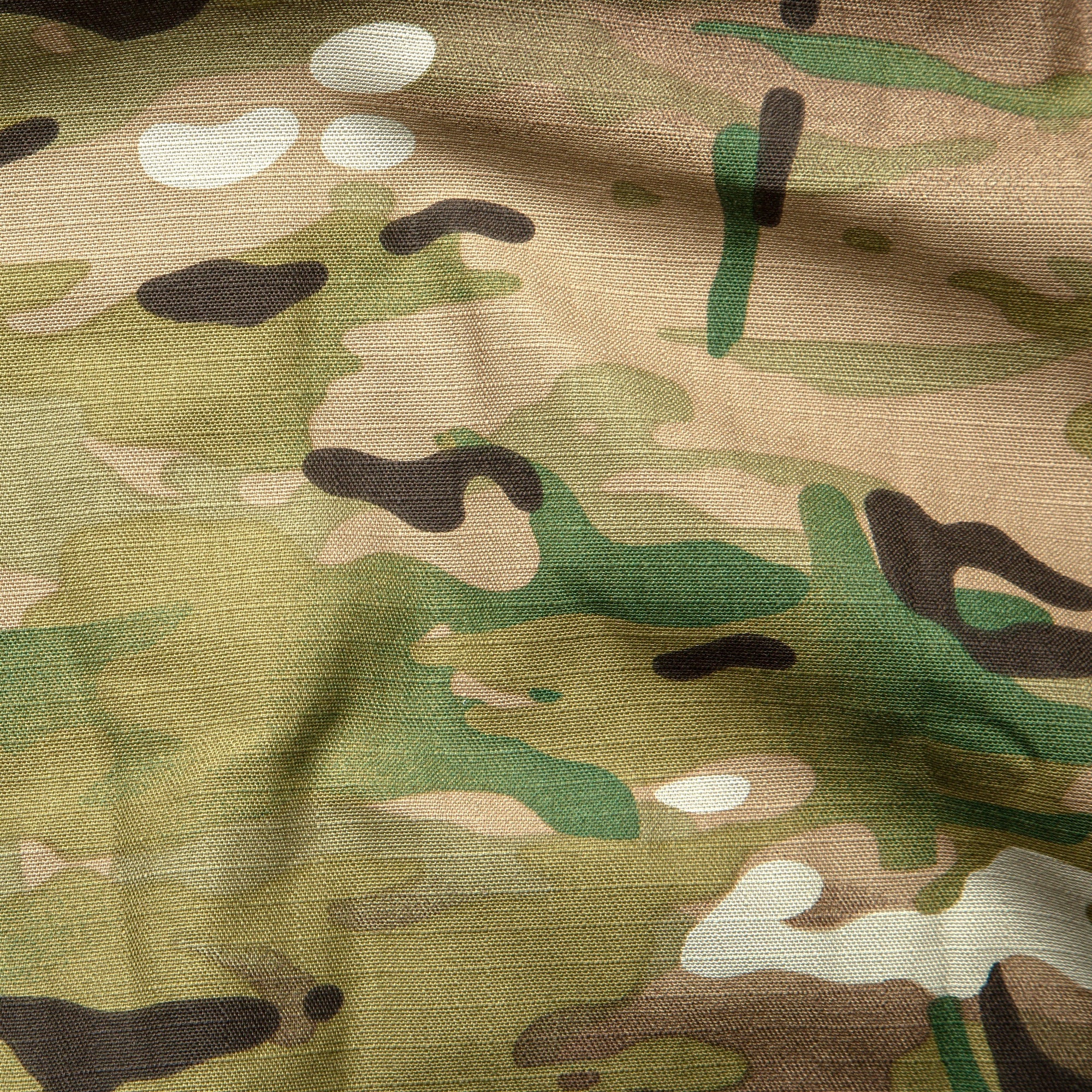
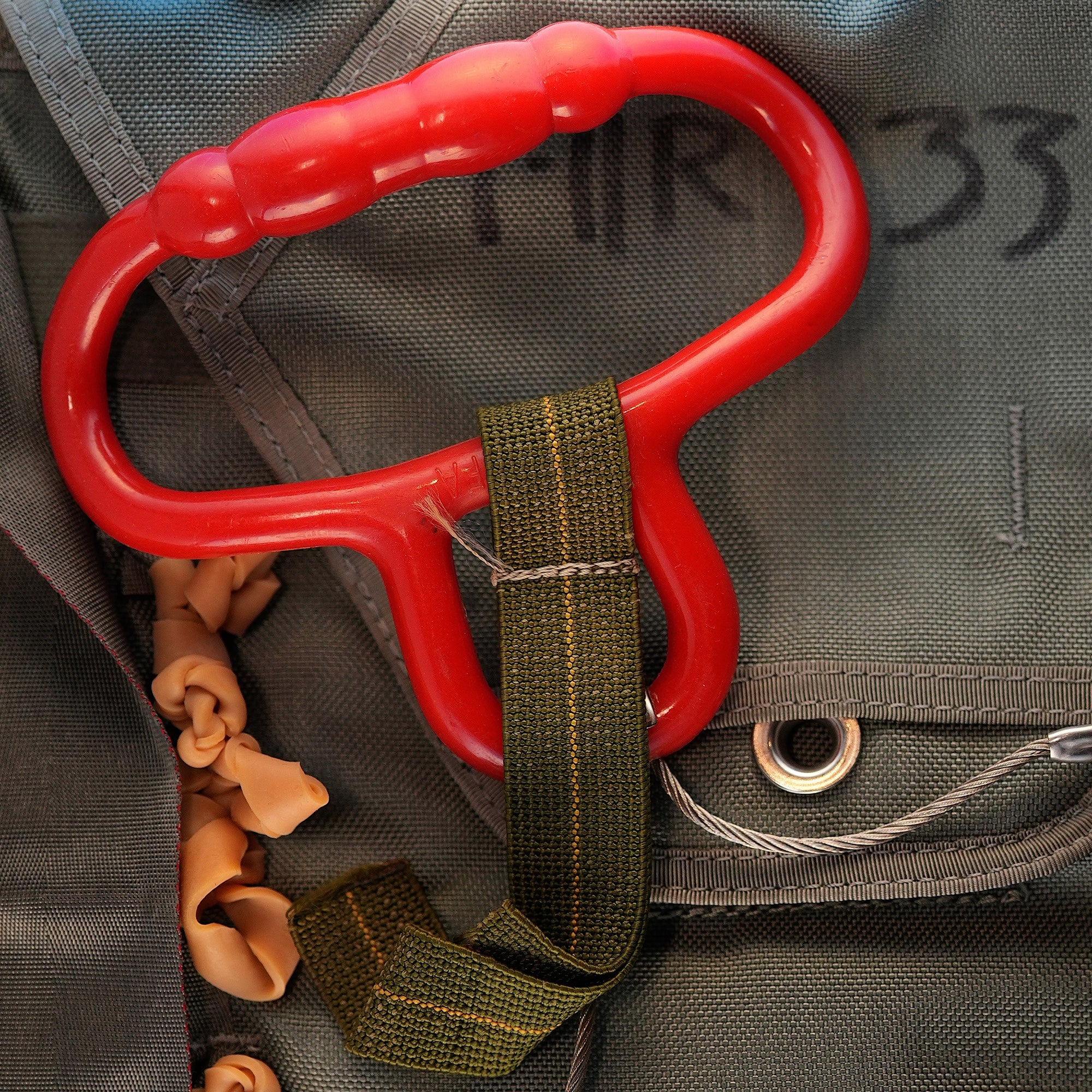
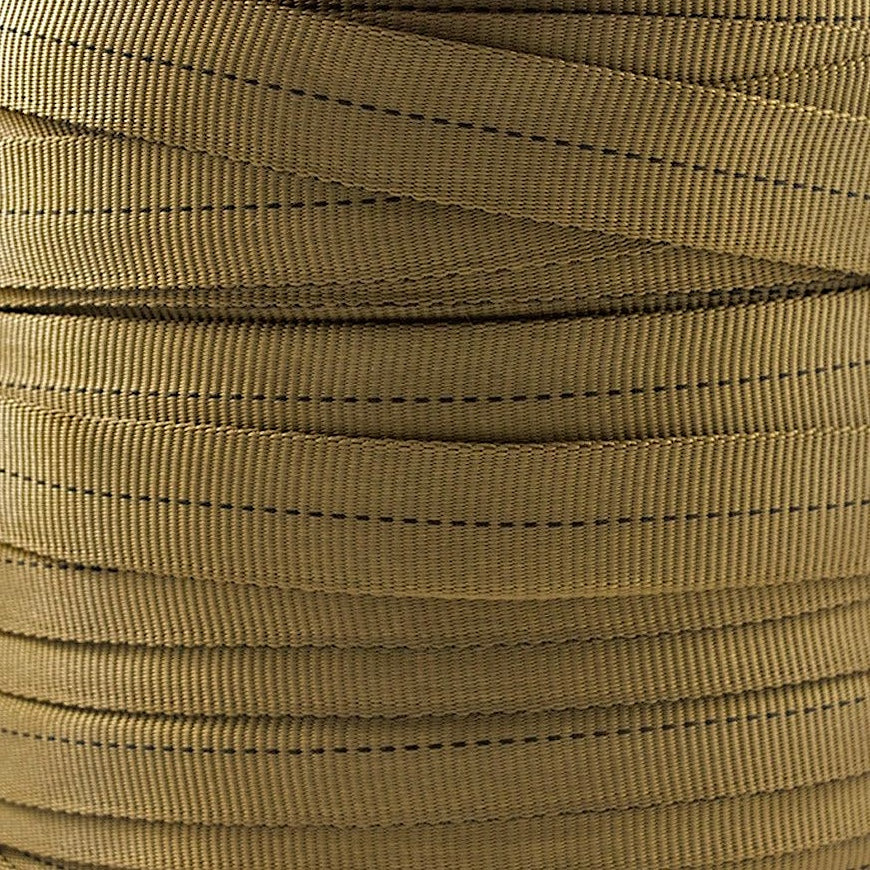
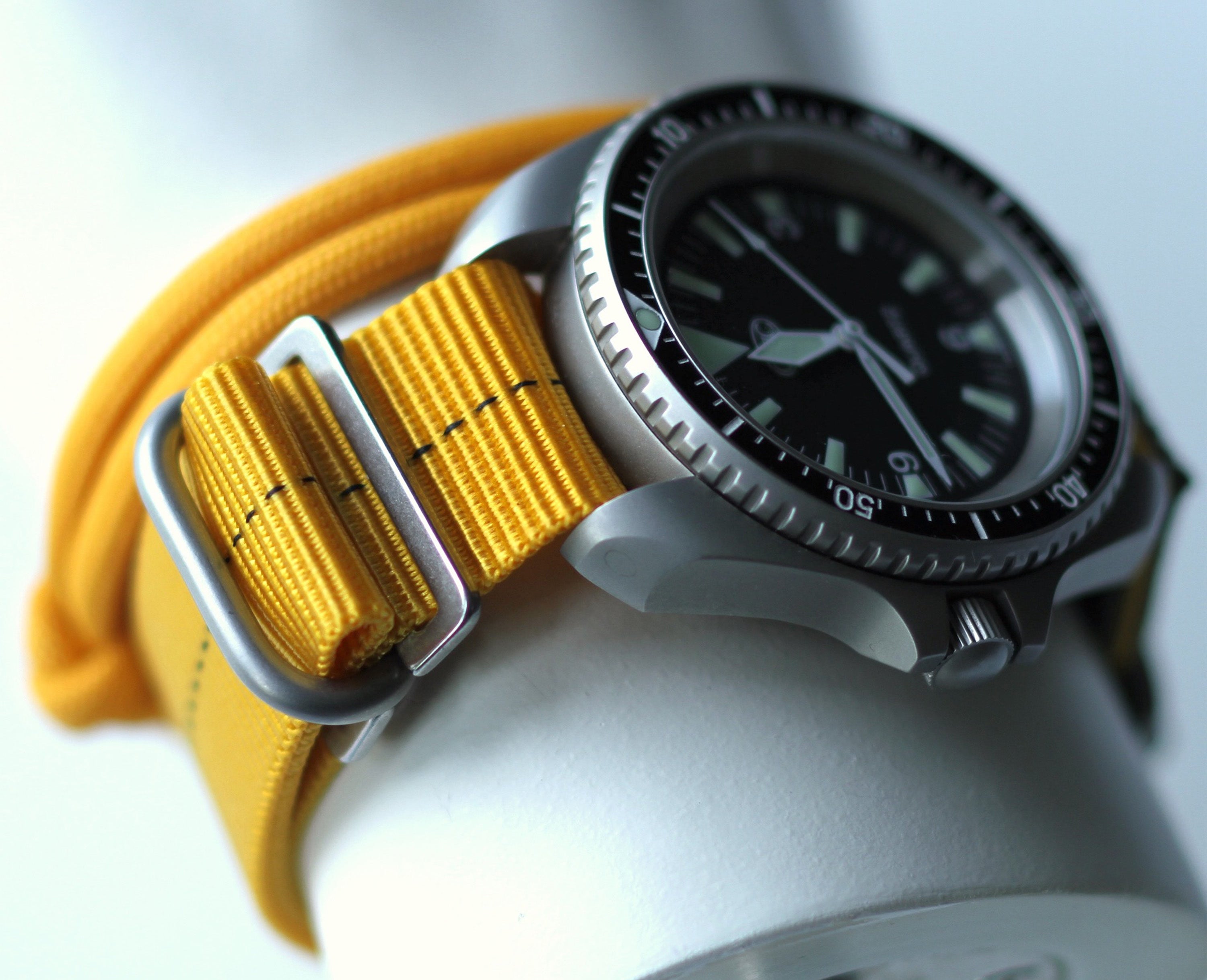

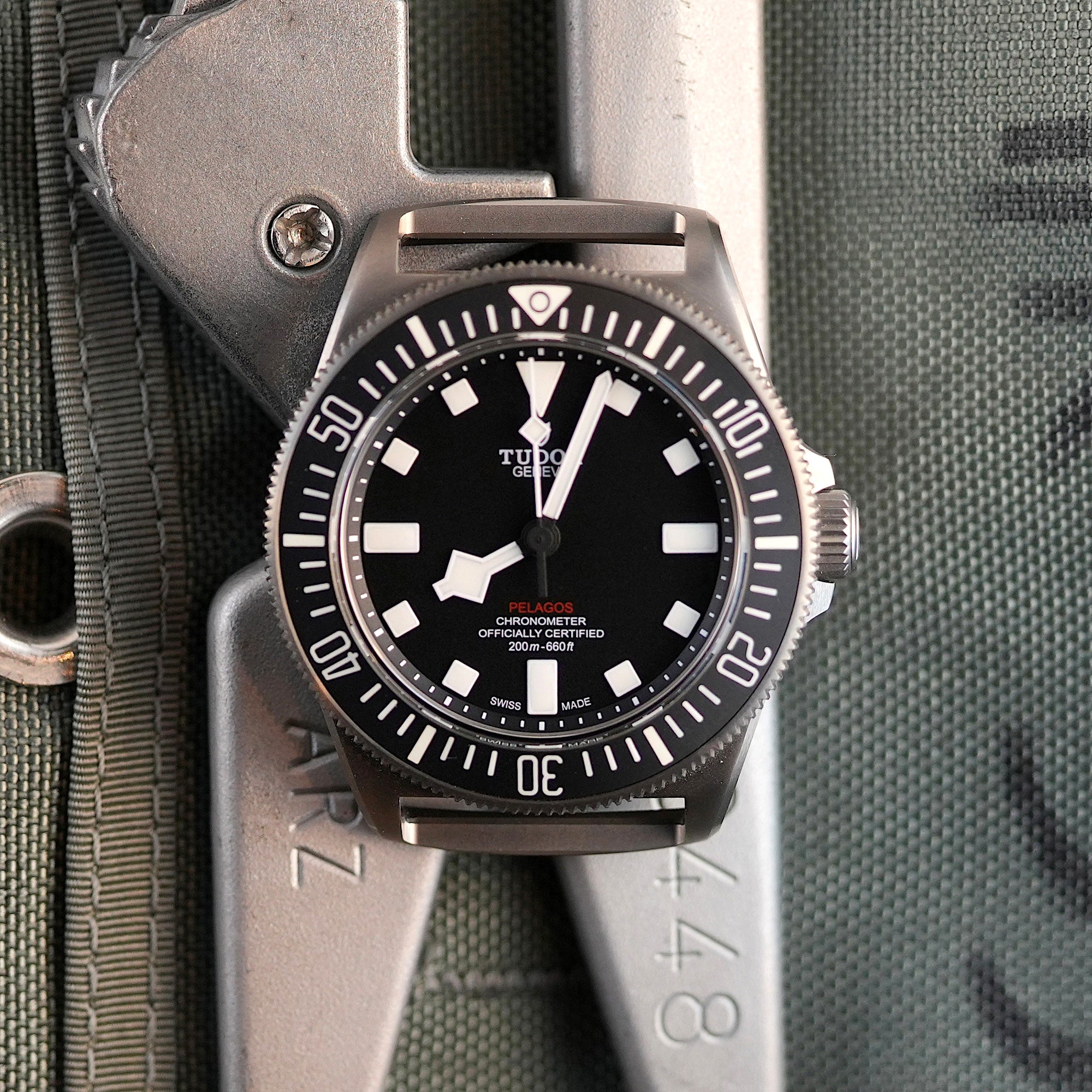
Share:
The Military Term “Zero Dark Thirty”: Meaning and Historical Context
The T-11 Parachute: A Key Asset in Airborne Operations